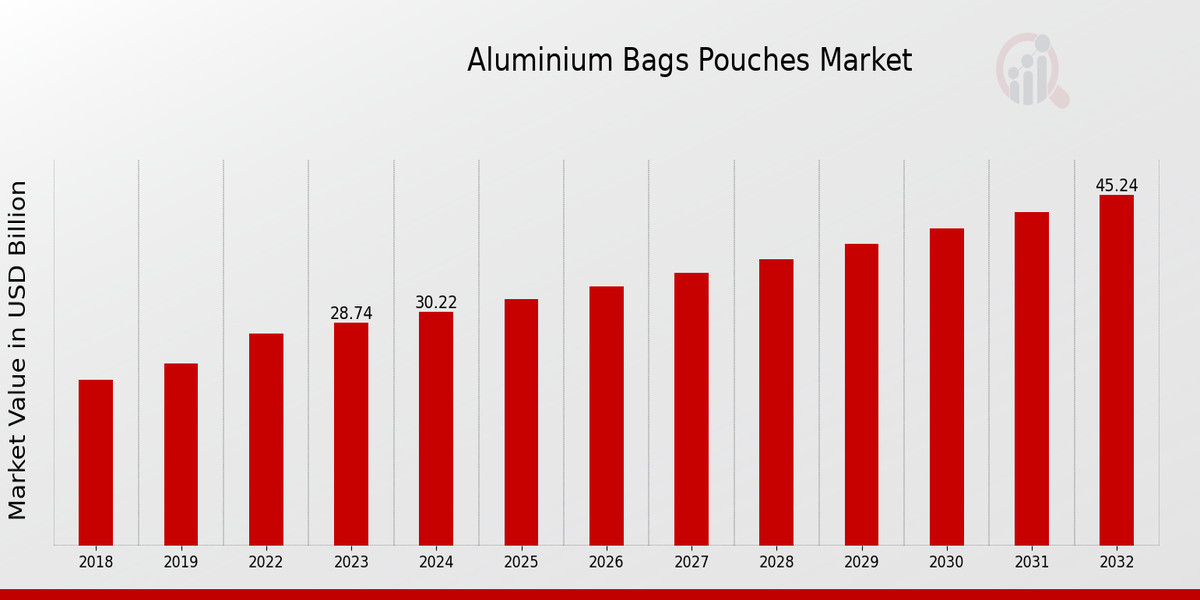Beyond the Breakfast Table: Exploring the Apple Preserves Market Industry in Food Manufacturing
The Apple Preserves Market is defined not only by its presence in household pantries but, critically, by its immense and growing utility as a foundational ingredient within the expansive industrial food manufacturing sector. The inherent versatility, consistency, and stability of apple preserves make them a highly valued component across multiple commercial food segments, playing a significant role in driving the overall Apple Preserves Industry forward.
One of the most substantial areas of industrial consumption is the bakery and confectionery industry. Apple preserves are utilized as a stable, flavorful filling for a wide array of baked goods, including pastries, tarts, turnovers, and specialty bread. For industrial bakeries, the preserved product offers several technical advantages:
Rising Preference for Fruit-Based Breakfast and Bakery Products Supporting Use of Apple Preserves
Beyond the Breakfast Table: Exploring the Apple Preserves Market Industry in Food Manufacturing
The Apple Preserves Market is defined not only by its presence in household pantries but, critically, by its immense and growing utility as a foundational ingredient within the expansive industrial food manufacturing sector. The inherent versatility, consistency, and stability of apple preserves make them a highly valued component across multiple commercial food segments, playing a significant role in driving the overall Apple Preserves Industry forward.
One of the most substantial areas of industrial consumption is the bakery and confectionery industry. Apple preserves are utilized as a stable, flavorful filling for a wide array of baked goods, including pastries, tarts, turnovers, and specialty bread. For industrial bakeries, the preserved product offers several technical advantages: its standardized viscosity ensures consistent performance in high-speed depositors, its mild acidity enhances flavor complexity, and its controlled water activity helps maintain the desired texture and shelf life of the final baked product. Manufacturers rely on the consistency of the preserved ingredient to guarantee uniformity across large production batches.
The dairy sector is another major consumer of apple preserves. Here, the preserved apple is integrated into products like yogurt, ice cream, and specialized dairy-based desserts. When layered or mixed into yogurt, the fruit component provides flavor, color, and texture differentiation. In ice cream, it is often swirled or included as a chunky piece for textural contrast and taste. The low water activity of the preserve is crucial in these applications as it prevents the migration of moisture, which could otherwise compromise the texture and stability of the frozen or cultured dairy base.
Furthermore, the convenience food segment is increasingly leveraging apple preserves. As consumers seek quick, ready-to-eat meals and snacks, preserves are incorporated into fruit-filled snack bars, single-serve fruit compotes, and even savory-sweet culinary applications as a glaze or sauce component. The preserved format provides a year-round, standardized source of apple flavor and texture that is superior in logistical convenience and shelf stability compared to fresh fruit ingredients.
This widespread application across diverse food segments highlights the dual identity of the product: a final consumer good and an essential manufacturing input. The industry’s demand for consistent quality, defined particle size, specific viscosity, and reliable flavor profile ultimately shapes the technological investments and production standards applied across the entire market, cementing the preserves’ indispensable role in industrial food creation.
Frequently Asked Questions
In which industrial food sectors are apple preserves most frequently used as an ingredient? Apple preserves are most frequently used in the bakery and confectionery industry as a stable filling for items like pastries and tarts, and in the dairy industry, where they are incorporated into products such as yogurt, ice cream, and specialized desserts to provide flavor, color, and texture.
What technical attributes of apple preserves make them a preferred choice for industrial food manufacturers? Their technical attributes include standardized viscosity, which ensures consistent performance in high-speed manufacturing processes like filling and depositing; controlled water activity, which enhances the stability and shelf life of the final product; and a reliable, uniform flavor profile essential for batch-to-batch consistency.
re, the preserved apple is integrated into products like yogurt, ice cream, and specialized dairy-based desserts. When layered or mixed into yogurt, the fruit component provides flavor, color, and texture differentiation. In ice cream, it is often swirled or included as a chunky piece for textural contrast and taste. The low water activity of the preserve is crucial in these applications as it prevents the migration of moisture, which could otherwise compromise the texture and stability of the frozen or cultured dairy base.
Furthermore, the convenience food segment is increasingly leveraging apple preserves. As consumers seek quick, ready-to-eat meals and snacks, preserves are incorporated into fruit-filled snack bars, single-serve fruit compotes, and even savory-sweet culinary applications as a glaze or sauce component. The preserved format provides a year-round, standardized source of apple flavor and texture that is superior in logistical convenience and shelf stability compared to fresh fruit ingredients.
This widespread application across diverse food segments highlights the dual identity of the product: a final consumer good and an essential manufacturing input. The industry’s demand for consistent quality, defined particle size, specific viscosity, and reliable flavor profile ultimately shapes the technological investments and production standards applied across the entire market, cementing the preserves’ indispensable role in industrial food creation.
Frequently Asked Questions
In which industrial food sectors are apple preserves most frequently used as an ingredient? Apple preserves are most frequently used in the bakery and confectionery industry as a stable filling for items like pastries and tarts, and in the dairy industry, where they are incorporated into products such as yogurt, ice cream, and specialized desserts to provide flavor, color, and texture.
What technical attributes of apple preserves make them a preferred choice for industrial food manufacturers? Their technical attributes include standardized viscosity, which ensures consistent performance in high-speed manufacturing processes like filling and depositing; controlled water activity, which enhances the stability and shelf life of the final product; and a reliable, uniform flavor profile essential for batch-to-batch consistency.















